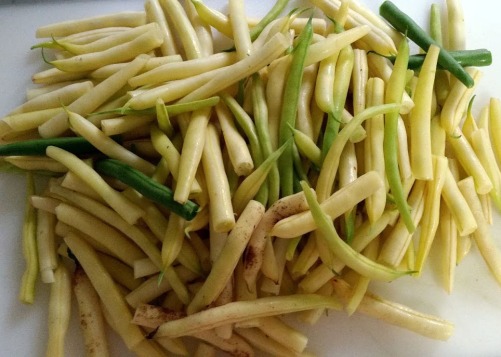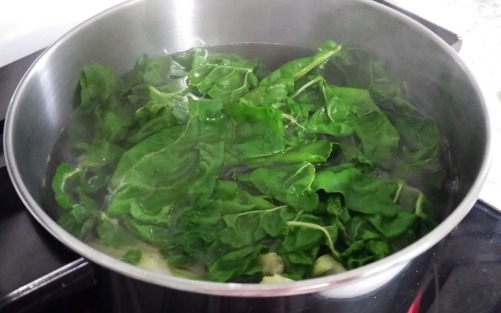A Beginner Locavore’s Guide to Surviving Pennsylvania’s Winter
Gardening slows down and there are less options for food local food sources in the winter. What’s a locavore to do in Pennsylvania in the winter? Plan ahead! While some varieties of greens and cabbage family members can be grown in cooler weather, prepping and storing food for the winter can add variety to meals.
Pennsylvania in the fall is very pleasant, albeit chilly. The weather will soon be cold enough for sweaters. I am very tempted to wear leggings and long sweaters all fall and winter if I can get away with it. Cooler weather means layers and finding other ways to keep warm. Once winter hits, the crisp, cool weather of the fall is contrasted with much colder temperatures and even snow. I do not mind fall, but I hate Pennsylvania winters. It’s funny because my family is from here and my ancestors are from here, but somehow I did not develop a tolerance to the cold.
There are many vegetables available now that can be blanched and frozen for use in the winter. This is precisely what I did with the yellow beans and Swiss chard from the CSA from week 17. Check out this article on the science and methods behind blanching and freezing vegetables.
For the yellow beans, I chopped them in 1-2” pieces before blanching for 3 minutes. I then rinsed them under cold water and allowed them to cool and air dry. I then divided them into quart sized freezer bags. 
For the Swiss Chard, I roughly chopped it and blanched it for 5 minutes. Like the yellow beans, I rinsed it under cold water to cool it. I towel dried it to remove excess moisture. I divided the stems and leaves into quart size freezer bags.
Don’t forget to label your frozen vegetables so you don’t forget what they are!

With careful planning, a locavore should have no problem surviving Pennsylvania in the winter.